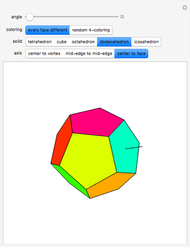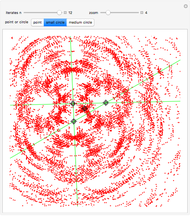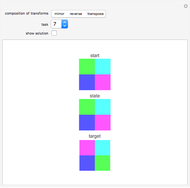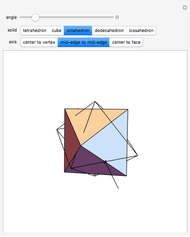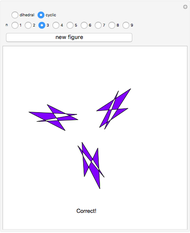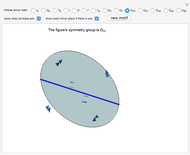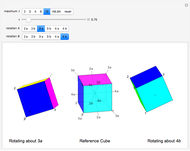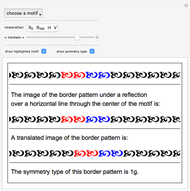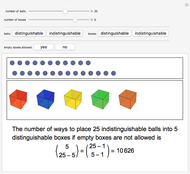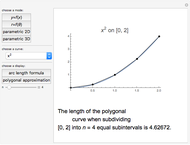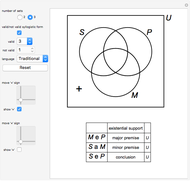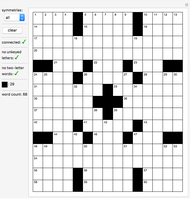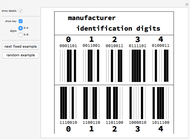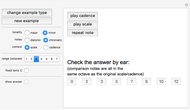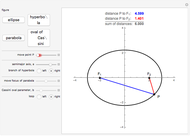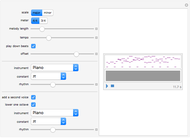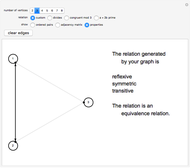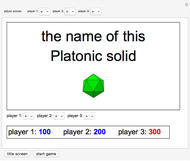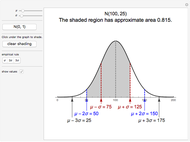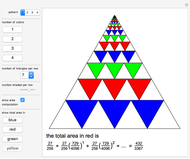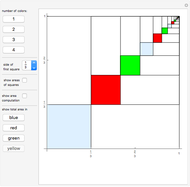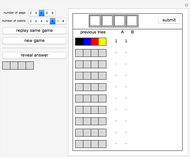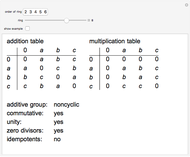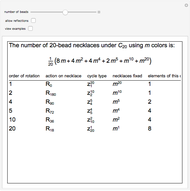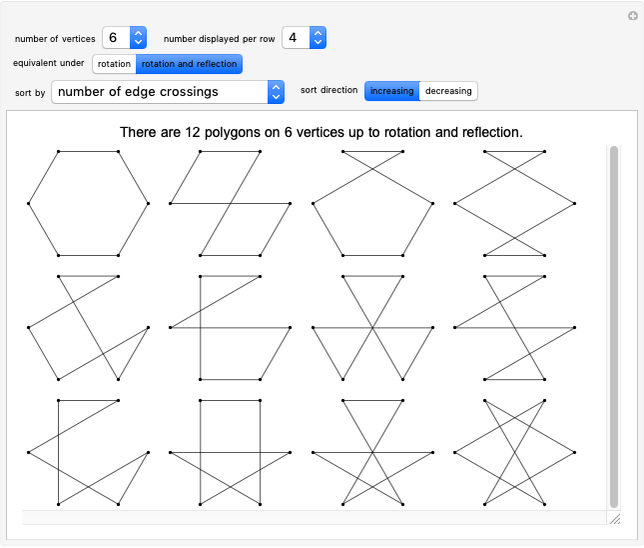Symmetries of a Square and an Equilateral Triangle

Requires a Wolfram Notebook System
Interact on desktop, mobile and cloud with the free Wolfram Player or other Wolfram Language products.
In "single symmetry" mode, the Demonstration shows the action of a selected symmetry of a square or an equilateral triangle. In "composition" mode, the effect of two symmetries applied successively is shown. The set of symmetries of each figure forms a group under composition and the group multiplication table is shown in "Cayley table" mode.
Contributed by: Marc Brodie (July 2012)
(Wheeling Jesuit University)
Open content licensed under CC BY-NC-SA
Snapshots
Details
The notation is based on that used in [1]. Rotations are counterclockwise and composition is right-to-left, that is, in  ,
,  acts first. The reflection over the horizontal axis through the center of a figure is denoted
acts first. The reflection over the horizontal axis through the center of a figure is denoted  ;
;  stands for a reflection over the central vertical axis. The reflection over the "main" diagonal (upper-left to lower-right) of a square is denoted
stands for a reflection over the central vertical axis. The reflection over the "main" diagonal (upper-left to lower-right) of a square is denoted  ;
;  is the reflection over the other diagonal. Similarly, when the figure is set to "triangle,"
is the reflection over the other diagonal. Similarly, when the figure is set to "triangle,"  denotes the axis of reflection that cuts through the upper-left edge and lower-right vertex of the triangle, and
denotes the axis of reflection that cuts through the upper-left edge and lower-right vertex of the triangle, and  is the axis of reflection sloping the other way. The elements of the group in the Cayley table are listed with rotations preceding reflections.
is the axis of reflection sloping the other way. The elements of the group in the Cayley table are listed with rotations preceding reflections.
Reference
[1] J. Gallian, Contemporary Abstract Algebra, 7th ed., Belmont, CA: Brooks/Cole, Cengage Learning, 2010.
Permanent Citation
"Symmetries of a Square and an Equilateral Triangle"
http://demonstrations.wolfram.com/SymmetriesOfASquareAndAnEquilateralTriangle/
Wolfram Demonstrations Project
Published: July 17 2012






